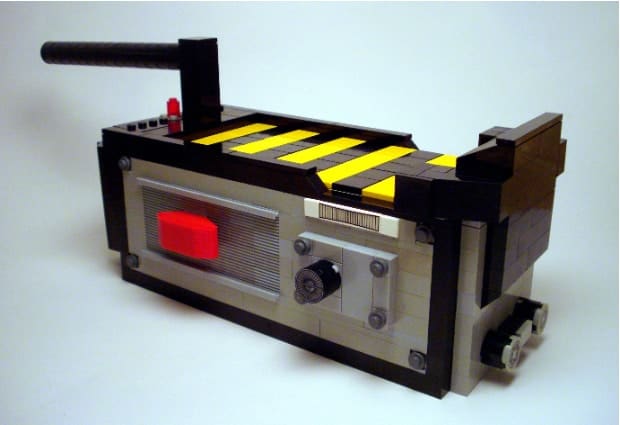 To celebrate the 4th of July holiday, I’m featuring a guest post today by a neighbour to the south…Mike St. Pierre. He is the President of Morris Catholic High School in Denville, NJ. He writes about productivity at www.thedailysaint.com and can be followed on Twitter, @thedailysaint. Mike lives with his wife and four children in northern New Jersey, and I’m grateful for his contribution to Vardy.me today.
To celebrate the 4th of July holiday, I’m featuring a guest post today by a neighbour to the south…Mike St. Pierre. He is the President of Morris Catholic High School in Denville, NJ. He writes about productivity at www.thedailysaint.com and can be followed on Twitter, @thedailysaint. Mike lives with his wife and four children in northern New Jersey, and I’m grateful for his contribution to Vardy.me today.
Like Mike and several of his guest post authors, I too have been on a productivity journey. It all started in high school when I would take a small slip of paper and write the day’s assignments on it in an orderly fashion. At night, when each bit of homework was complete, I would cross off the list and enjoy every minute of it.
Little did I know that I would end up writing about productivity on my blog and teaching it to those around me at work. What started as a necessary part of my day became part hobby and part ritual.
And then it began.
Some have called it “productivity porn”- spending more and more time looking for a new GTD app or task manager to conquer the day’s work. This can lead to, like any addiction I suppose, a lack of real productivity and a dangerous path towards simply browsing without actually working.
As a result, I have found solace in learning from the trifecta of Mikes: Mike Vardy, Michael Hyatt and Michael Sliwinski. My biggest takewaway? Find a system and mine it for gold. So off I went, trying one system and then the next. Right now, my favorite task managers are Nozbe and Omnifocus.
The problem, however, is that I just can’t stick to one system. Every few months, I switch my projects over to a new system and you know what? I actually enjoy the switch every time. It’s sort of like updating your OS- it gives you an excuse to clean house and back things up.
My assistant at work has stopped trying to keep up with me and recently said with a dry whit, “Trying a new bit of software again are we?” What she was really pointing out was that I was changing things up for the sake of well, changing things up. (Unrelated to this is the story of a priest friend who would continually change around the furniture in his office. When I asked him why, he simply said that it was his way to dealing with celibacy.)
Back to the issue at hand: what if you are so dialed in to productivity that you may actually be changing things up too often? Could the continual upgrading, updating and merging actually make me less productive? If you’ve asked this question then I offer three suggestions:
- Seek out Enough. The recent episodes of the Enough Podcast have really got me thinking about that ancient concept of “lagom”, or enough-ness. In other words, find a system that’s just enough but not too much. Your lists, software and tools should be appropriate. Don’t seek to be minimal or maximal but go for an approach that is enough.
- Enjoy Your Tools. Rather than beat yourself up over a switch to Omnifocus rather than Asana, just relax and enjoy whatever tools are working for you. Seriously, it’s ok to switch (or to stay with something) as long as you keep the end in mind: work and the ways to make it easier.
- Get Frictionless. Merlin Mann spoke about this in the recent episode of Mac Power Users. Like a Formula One driver, find out which areas of your work cause friction and get rid of them. Be ruthless about killing off a habit or routine that is holding you back from doing solid work. As Aaron Mahnke is trying to promote in his new project, friction produces drag on the system. The goal is to get into zone-filled work every day that you need to get work done. Once you can find a system/tool/methodology that works for you, rest with it and work within it. There’s no need to go shopping for something else.
These principles work for me when it comes to stopping the productivity cycle that can lead to endless spinning. Sometimes the ambition of being more productive can lead to less action on a daily basis. Seek out what’s enough, enjoy the ride and do what you can to reduce friction. Now that’s a formula for success.
What’s working for you in your everyday work?
Photo credit: Alex Eyler (CC BY-NC-SA 2.0)

